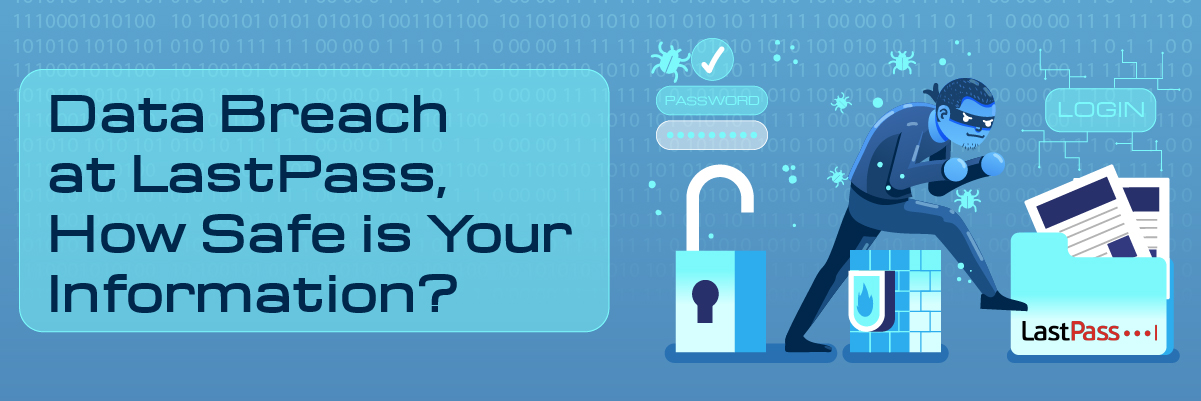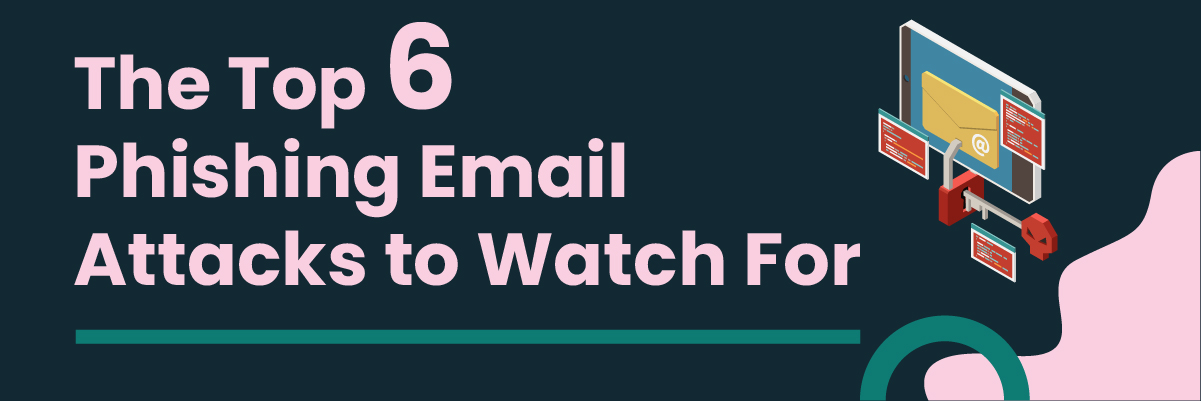The Top 10 Ransomware Attacks Of 2022

The Top 10 Ransomware Attacks Of 2022
Ransomware attacks rose to an all-time high during the year 2022 as most businesses continued their operations through online mediums. Due to the usage of mainly online platforms, these left businesses open to cybercriminals who were sophisticated in their ransomware attacks. According to statistics, within the first quarter of 2022, there were approximately 236.1 million ransomware attacks around the globe.
Companies in turn have to spend a considerable amount in order to rectify the damages of these attacks. According to Cybersecurity ventures, the cost of ransomware attacks are going to increase to $265 billion by 2031.
All of these stats conclude that ransomware attacks will not be slowing down and will only continue to become more advanced. Below, we will be looking at the top 10 ransomware attacks of 2022 that affected both companies and governments systems.
What is a Ransomware Attack?
Ransomware is a type of malware that cybercriminals use to get access to information. When a system gets infected by ransomware, it blocks any user access and encrypts the systems data. Cybercriminals will then demand a ransom to release the locked data. Such a process is known as a ransomware attack.
Cybercriminals can target any individual or company through this type of attack. The affected person or company usually has two options to try and regain access to their data. The first option is that the victim will either pay the ransom to the cybercriminals, which does not guarantee that the hacker will release the encrypted files. The second option, is the victim needs to make an effort to remove the malware, sometimes through either a third-party IT service provider or their own in-house team, which again, is not always a guarantee in recovering every lost file.
The Top Ransomware Attacks in 2022
According to experts, 2022 was the biggest year for ransomware attacks. Let’s take a look at some of the most significant ones.
 1. Bridgestone
1. Bridgestone
In February 2022, Bridgestone, one of the largest tire manufacturers in the world, detected a security breach caused by the LockBit ransomware gang. Despite Bridgestone’s efforts to mitigate the attack, the company had to halt their production for a week due to a network outage in North and Latin America.
On March 15, the perpetrators announced they were going to leak the stolen data if they didn’t get paid their ransom fee. In addition to a security check and reconnection to their network, the company has not provided details about the ransom thus far.
2. Puma
On January 10 of 2022, one of the workers of the popular sportswear brand “Puma,” was informed of a data breach following a ransomware attack on Kronos, one of Puma’s workforce management solutions providers. In December of 2021, Kronos had experienced its first incident. According to reports, hackers stole the personal information of over 6,632 of its employees, including US Social Security Numbers, and encrypted the data.
Neither customer data nor financial information was affected. On January 22, Kronos regained full access to their data. To make up for this incident, Kronos offered Puma employees two years of free Experian IdentityWorks, which includes credit monitoring, identity theft insurance, and identity restoration.
3. Toyota
In February and March of 2022, Cybercriminals unleashed a ransomware attack on three Toyota suppliers. However, a specific attack on Toyota’s supplier, Kojima Industries, forced the company to halt their operations at 14 Japanese plants.
According to reports, the hack caused a 5% drop in the company’s monthly production capacity. Moreover, Denso and Bridgestone, two Toyota suppliers, were also targeted by ransomware within 11 days.
4. Nvidia
In February 2022, cybercriminals targeted the world’s largest semiconductor chip company Nvidia. According to the company, the threat actor leaked employee credentials as well as proprietary information online.
As part of the attack, Lapsus$ claimed they had access to 1TB of company data that would soon be available publicly. In addition to this, the cybercriminals made a ransom demand of $1 Million.
Some media reports stated that parts of Nvidia’s business had to be taken offline for two days due to compromised internal systems. According to the company, however, the attack did not affect its operations.
5. Costa Rica Government
2022 was the first time in history that a country declared a national emergency response to a cyber-attack. In early April, the first ransomware attack struck the nation, bringing the ministry of finance to its knees and affecting the public and private sectors.
Initially, Conti demanded $10 million in ransom from the government, which subsequently increased to $20 million. As a result of another attack on May 31st, the country’s healthcare system was in disarray which wound up taking Costa Rica’s healthcare systems offline. The Costa Rican social security fund was also affected by this attack which wound up being linked to HIVE.
6. Bernalillo County
On January 5, Bernalillo County, the largest county in New Mexico, became a victim of a ransomware attack, which brought down several government departments and institutions. The Metropolitan Detention Center was also affected as security cameras, and automatic doors fell offline. Government officials had to restrict the movement of inmates, which is a direct violation of laws for inmate confinement.
For this reason, the county had to file an emergency appeal in the federal court against the act due to this malware attack. However, this was an incredible eye-opener regarding how ransomware attacks can affect citizens’ welfare.
7. SpiceJet
In early 2022, Indian Airline SpiceJet fell victim to a ransomware attack. As a result, hundreds of passengers had to wait in different locations for more than 6 hours, greatly affecting the brand’s reputation.
Moreover, it also raised questions about cybersecurity gaps within the aviation industry. The SpiceJet ransomware attack also highlighted the importance of incident response planning, an initiative that could play a vital role in stopping such future cyber-crimes.
8. Shields Health Care Group
In March, Shields Health Care Group (Shields) suffered a security breach that exposed around two million patient details. Due to Shields’ reliance on hospitals and medical centers, these affects have been extensive leaving at least 53 facilities and their patients vulnerable.
Shield’s official website shows that the company became aware of the ransomware attack on March 28, 2022. They immediately hired cybersecurity experts to tackle the situation and examine the damage of the incident. It was then they found out that hackers gained access to the personal information of patients. However, the company claims they haven’t found any evidence of data misuse.
9. Hensoldt
On January 12, 2022, Hensoldt, a global defense contractor, acknowledged that several of its UK subsidiaries had been the target of a ransomware attack. The company provides sensor solutions for defense, aerospace, and security software to organizations like the US Army, US Marine Corps, and US National Guard.
Although the company has not disclosed the security breach details, the ransomware group, Lorenz, claimed credit and listed the ransom as paid. As of now, it is unclear whether Hensoldt paid the ransom or if another threat actor purchased the data.
10. Marriott
In 2014, hackers compromised Marriott guest records. According to an estimate, the personal data of around 340m guests became publicly available. Although this incident wasn’t public until September 2018, it led to a fine of £14.4m from the UK Information Commissioner’s office. In January 2020, a similar incident occurred when hackers accessed 5.2m of guest records.
In June 2022, hackers claimed to have stolen more than 20GB of sensitive data, including guests’ credit card information. Using social engineering, the attackers allegedly tricked an employee at a Marriott property in Maryland into granting them computer access. Despite Marriott’s denial, it plans to contact more than 300 to 400 people about the incident.
Wrap Up
Ransomware attacks have been a part of the computing world since long before most people knew they existed, and they are not going away any time soon. It’s a cheap, effective, and simple technique for hackers that can infiltrate even the most secure networks.
Businesses need to focus on keeping themselves safe by working on their security. In this regard, experts like Protected Harbor can help you. Our team of experts will tailor a solution to meet your company’s needs, keeping your data safe and secure.
With Protected Harbor, you can defend your data against ransomware threats. To increase the safety and security of your business operations, we combine the most recent immutability technology with top-notch storage solutions. Stay one step ahead of cybercriminals by partnering with a provider that offers email security, endpoint detection, network penetration testing, ransomware, and anti-malware mechanisms.
Unsure which solution is best for your company? Contact our team of experts today and let them determine which solution best fits your company’s needs.





 How Safe is My Information Now?
How Safe is My Information Now?


 Top Phishing Email Attacks to Watch For
Top Phishing Email Attacks to Watch For

 Ways to Tell if You’re Infected with Malware
Ways to Tell if You’re Infected with Malware











 Email Phishing Scams
Email Phishing Scams

 Impact Of Angler Phishing Attacks on Business
Impact Of Angler Phishing Attacks on Business